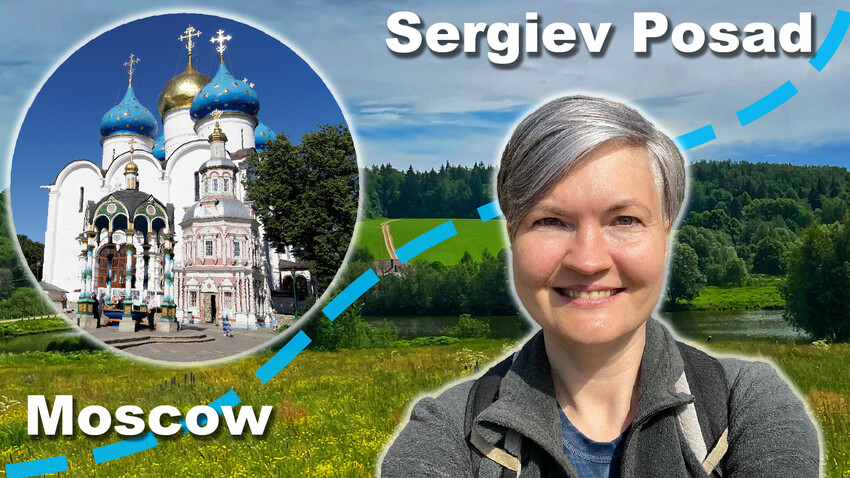
Nowadays, this pilgrim trail is a big deal. But, when I started walking it, it had only just been launched. I had just watched ‘The Way’, a movie starring Martin Sheen about the ‘Way of St. James’ - aka ‘El Camino de Santiago’ - a pilgrim route to the presumed tomb of the apostle in the Spanish town Santiago de Compostela. And I got hooked on the idea of walking the trail or at least part of it. When I read how it worked, I learned that the route - 900 km long, after all! - was divided into several stages and, in order to qualify as a pilgrim, you could walk just the final section, the last 100 km. This sounded more realistic and I began to plan my trip.
At the same time, I wondered whether there was something similar in our country, since there are many revered places in Russia. The Trinity Lavra with the relics of St. Sergius of Radonezh, for instance. Since ancient times, travelers have been going on pilgrimages there. I started looking for information and came across a group of enthusiasts on social media who were organizing just such a walk to the Lavra. It was one of the “pilot launches”.
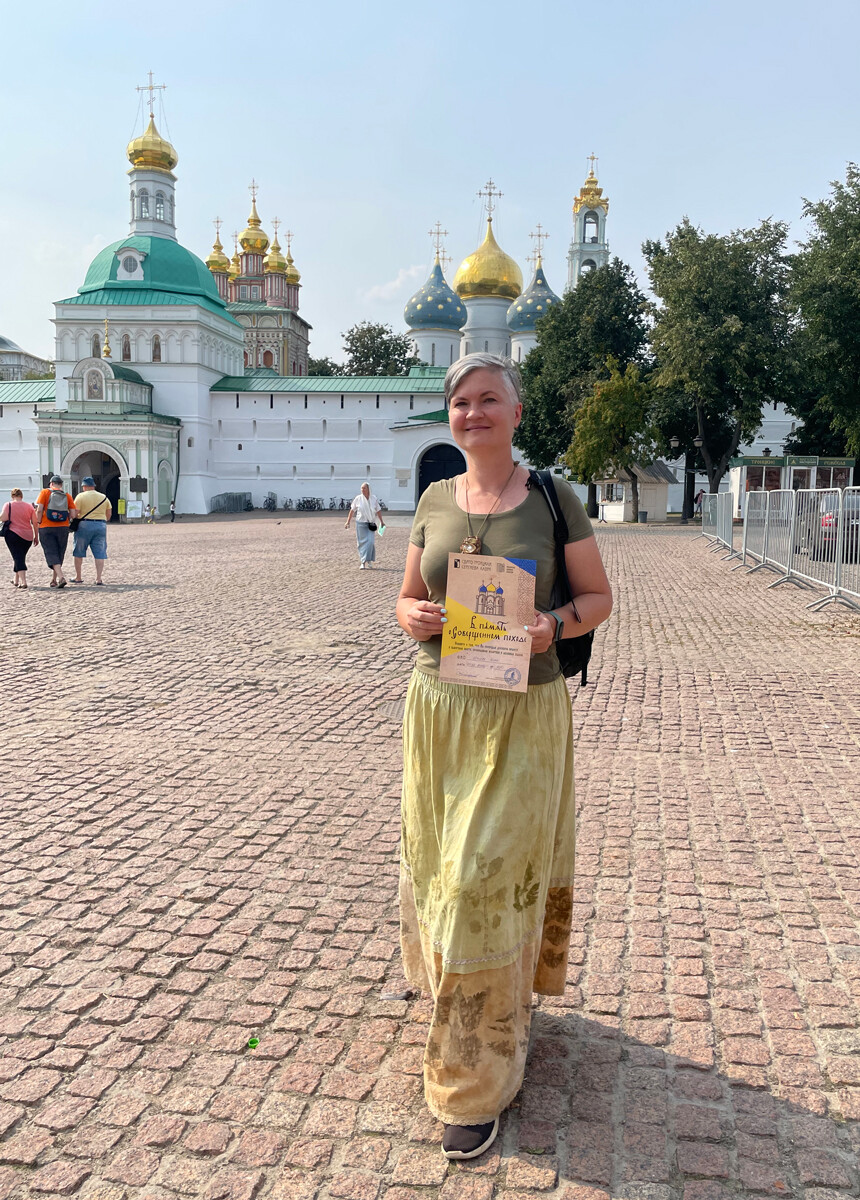
Certificate of Merit "in memory of the expedition"
Personal archiveOf course, it was scary. I am not a seasoned hiker and it was winter. Our trail, just like the Camino, was divided into stages and, by the time I joined the group, they were already preparing for the final stage before finishing at the Lavra. I decided to take a risk and joined them. There were quite a few people, about 50. Many, like me, came to test themselves. And we did it! We were very warmly welcomed at the monastery. And the route itself made a strong impression on me. After that, the organizers started planning a spring walk. I thought that, since I had already done a small part of the trail, enjoyed it and it had left a deep impression, I should now try to walk the whole route.
That spring, I also had the Camino trip planned, but the ‘Lavra Trail’ came first. It was a large expedition with about 30-40 people taking part. We walked for five days, covering 25-30 km a day. On that occasion, I was not ready for it physically and overestimated what I was capable of. But this didn’t spoil my impression.
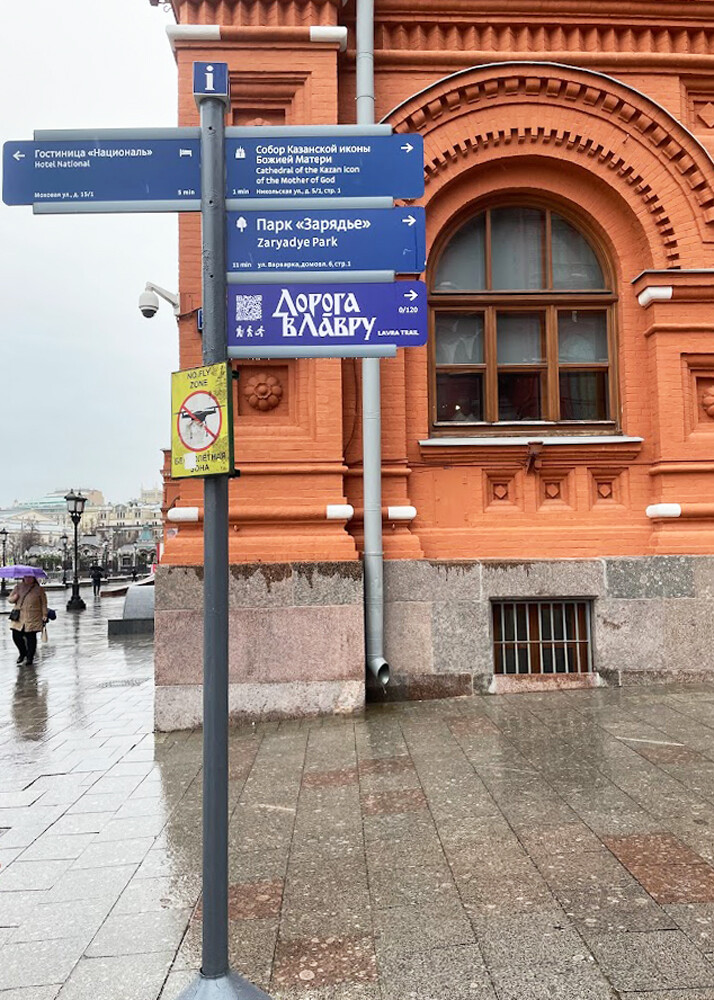
Kilometer zero, a starting point next to Red Square in Moscow
Personal archiveThe trail starts on the Red Square, at the zero kilometer mark. The first stage passes through Moscow. I remember how much I was struck by the fact that Moscow, even its very familiar center, revealed a completely new aspect. The route is devised in such a way that you go through a lot of green areas and parks, not along main roads. And you discover some places of natural beauty that you have never seen before. For example, the vast park on the River Yauza - it runs from the Botanichesky Sad metro station to the MKAD (Moscow Automobile Ring Road). We ended that stage of the walk at an old church in Taininskoye. I was very tired, of course, but I was inspired!
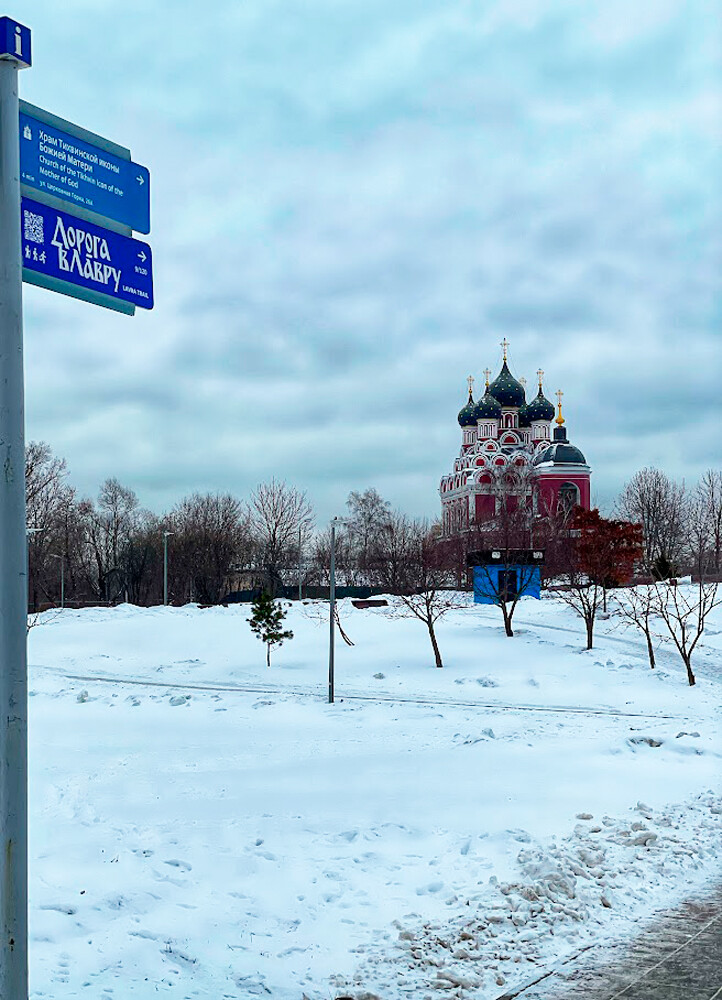
Church of the Tikhvin icon of the Mother of God in Alekseevsky
Personal archiveBy the second stage, the streams were already bursting their banks and the route led through the Pirogovsky Forest Park. The organizers warned participants to be prepared that it could be muddy and wet and, as a result, only 17 people turned up. So, it gave me an opportunity to get to know the organizers and the route better.
And then I went on my trip to Spain. When I walked the Camino, I was so enraptured by it that I realized I wanted there to be something similar in our own country - so that you could just leave your house and follow a marked trail. And so I started actively to support the project - basically, it’s all completely reliant on volunteers.
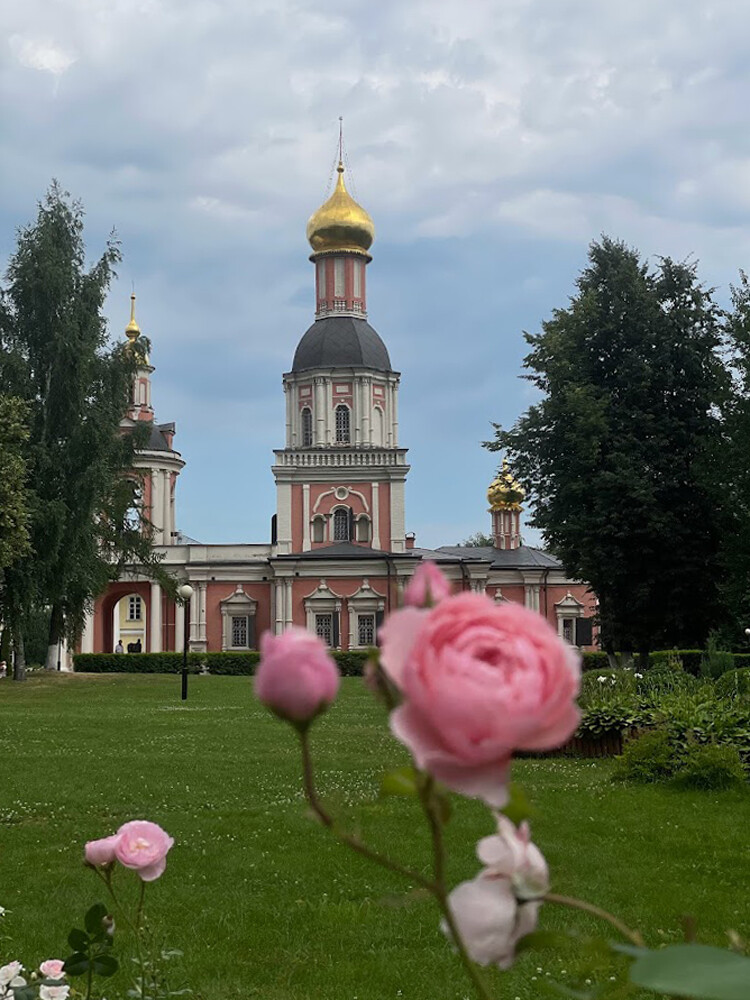
Trinity Church in Sviblovo
Personal archiveApart from that, my first spring on the ‘Trail’ was exceptionally beautiful. I seemed to see the May woods for the first time in my life - the way nature awakens after the winter and comes to life. And you come to life along with it! That walk ended at the approach of summer, as it happens, and I was able to observe the woods changing, spring fully coming into its own and then summer unfolding.
The open spaces, fields stretching to the horizon and a sense of freedom that allows you to fill your lungs properly as you breathe - all this makes a strong impression on a city dweller. After all, we have such a restricted perspective - but here, there were boundless landscapes.
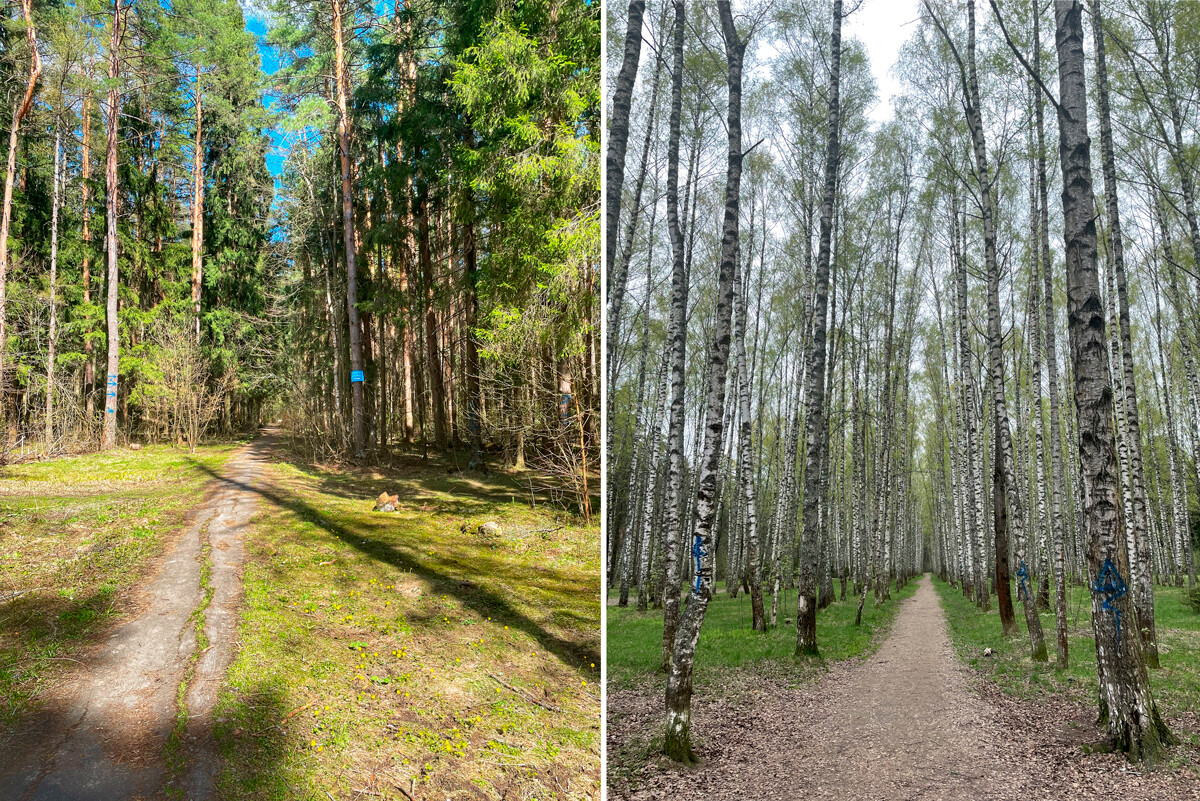
Spring forest
Personal archive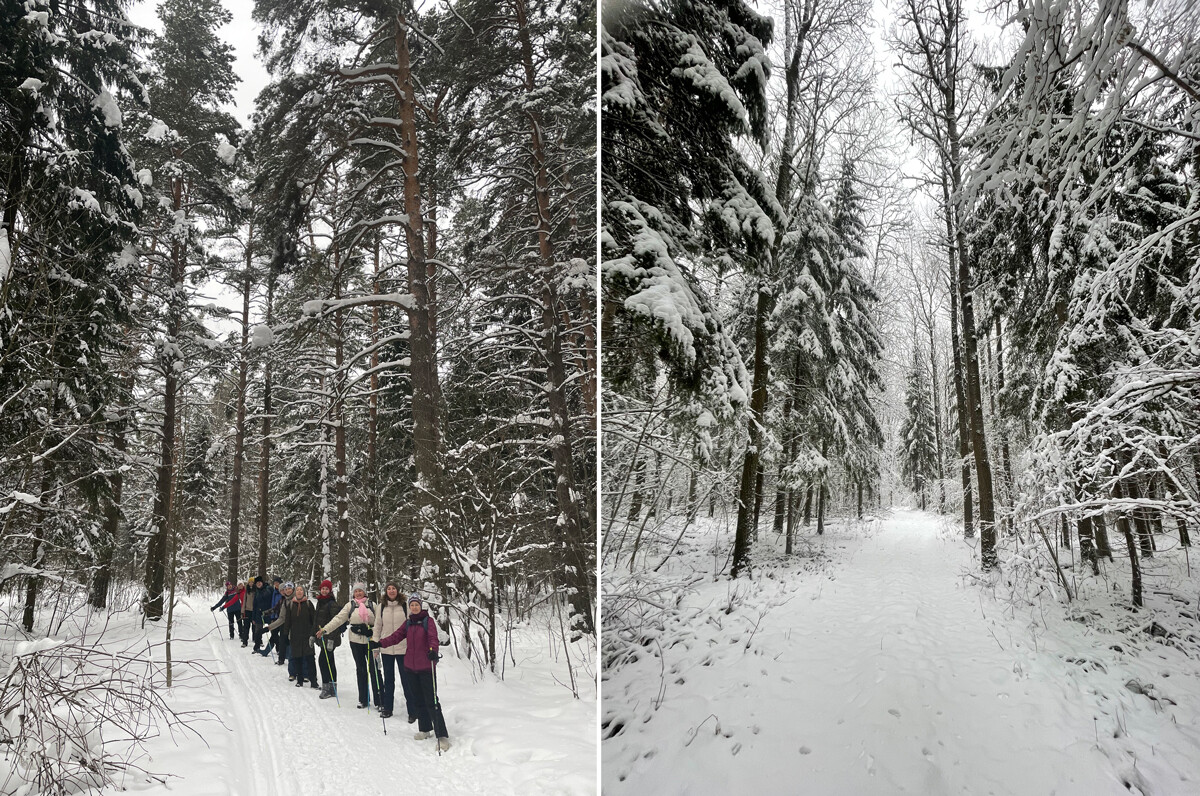
Winter forest
Personal archiveYou get “hooked” on such beauty. Then, I wanted to see these views in the fall, too, as well as in winter. So, now, I can’t even imagine my life without the trail: I do it 3-4 times a year!
Naturally, the history of the trail is tied to pilgrimages, but the route wasn’t just designed to go from church to church. It also takes in places of historical interest and picturesque views. You can walk it for the purpose of prayer or as a way of getting to know yourself or nature or the world as a whole. There are, of course, groups of pilgrims from parishes, accompanied by a priest and staying the night in monasteries. But, today, anyone can walk the trail for any reason. For instance, for me, each time it is a sort of path of gratitude - an opportunity to say “thank you” to the world for the beauty that surrounds us.

Khotkov monastery
Personal archiveIn addition, it is also often a question of seeking answers to personal questions of some kind. I remember when I walked the route the first time, feeling myself mentally unburdened in some way. You switch to a different way of thinking when you’re there. In your everyday life, you get used to playing certain roles - as mother, wife or member of a work team. But there, you just relax and nothing is required of you.
In all these years, I’ve walked it on my own and in groups, and I’ve come to realize that my preferred option is small groups of 10-12 people. So, these days, when preparing to do the trail, I put the word out on social media and get together a small group. Each time, there is also a strong emotional buzz, the joy of being in other people’s company. People are enthusiastic about joining and each person has something to offer. One person will bake pasties and someone else will bring along a miracle first-aid kit.
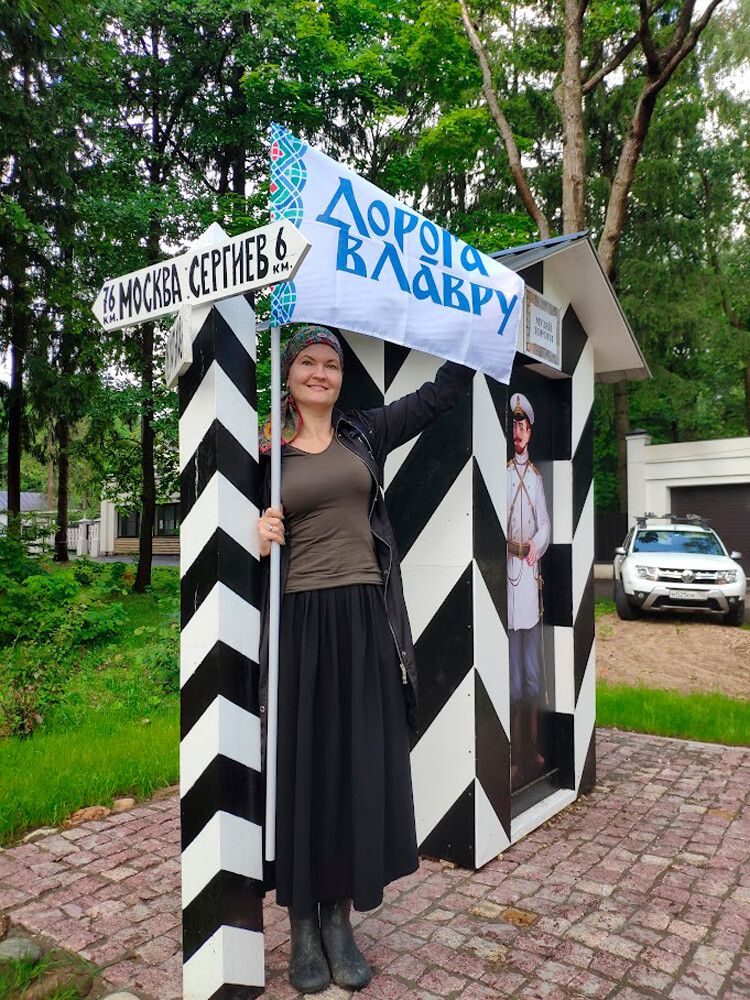
'Road to the Lavra'
Personal archiveWith time, through joint efforts, the trail started to be improved. Official ‘Lavra Trail’ signs, indicating the distance in kilometers, even appeared on Moscow streets last year. With the help of volunteers, paths are being cleared through woods, duckboards are being laid and walkways are made on muddy sections. Wooded sections are being signed with arrows indicating the route. Just as on the Camino de Santiago, a “pilgrim’s passport” is available, which we call the ‘route certificate’ - it has a map of the trail showing the places where special stamps can be obtained to certify that you have completed a particular section of the route. There is an information site for downloading the route, usable offline with maps.me. Places of interest and scenic viewpoints are also indicated. There are recommendations regarding the different stages, and instructions on how to get to the start points.
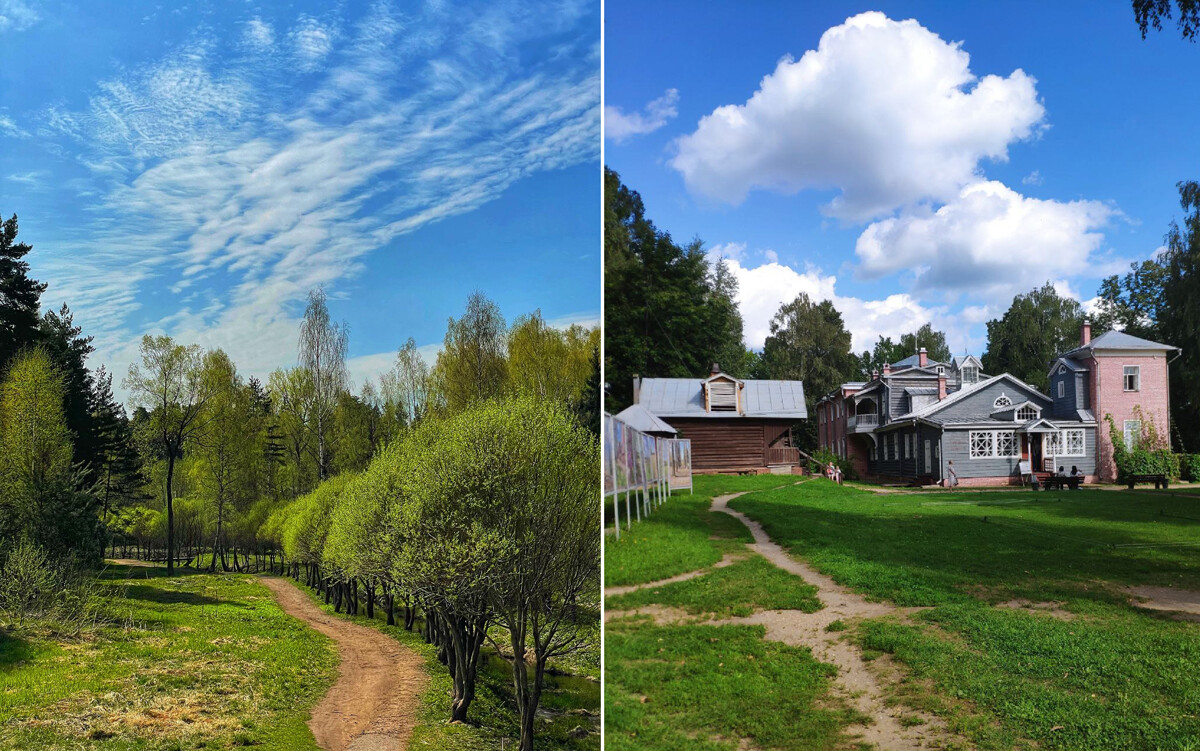
Muranovo estate
Personal archiveOutside Moscow, the route runs within walking distance of the Yaroslavl branch railway line, so it is easy to get to any of the out-of-town stages. The good thing about the trail today is that everything is arranged in such a way as to enable people to walk it any way they want: at their own pace and with their own objectives in mind. Some people will systematically manage it in a month, while others will choose to do it “piecemeal”.
There is also proper infrastructure now. Enthusiasts have even opened guest houses where overnight accommodation is available for a modest charge.
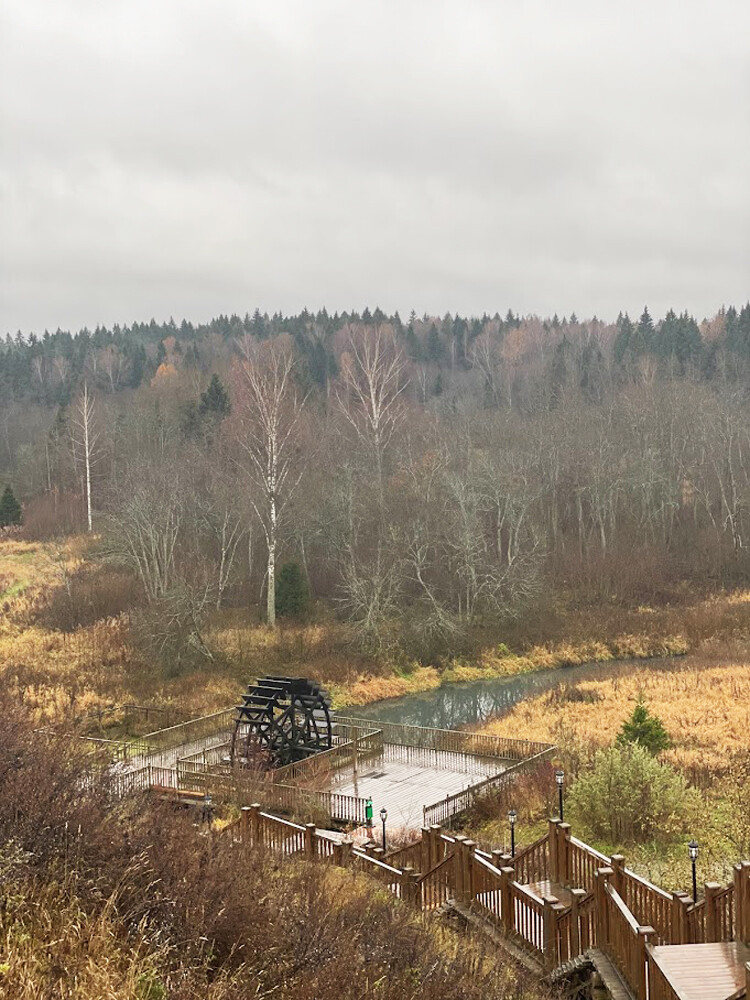
Holy spring in Radonezh
Personal archiveAs far as equipment is concerned, the important thing is to wear comfortable trainers suitable for walking. You also need comfortable clothes and a rucksack, so that your hands can be left free. It’s essential you have drinking water with you, although there is also spring water available along the way, and at monasteries, of course. There are also immersion pools installed in places - which are great for cooling off in the summer!

Finally on the spot!
Personal archiveI can now say for sure that walking the trail changes you. It’s not just the physical exertion: It tends to change you on the inside, too. As the Russian saint, Seraphim of Sarov, said: “Who rides to see me will be my guest. Who walks to see me will be my beloved child.”
The article prepared by Nadya Kuprina
Dear readers,
Our website and social media accounts are under threat of being restricted or banned, due to the current circumstances. So, to keep up with our latest content, simply do the following:
If using any of Russia Beyond's content, partly or in full, always provide an active hyperlink to the original material.
Subscribe
to our newsletter!
Get the week's best stories straight to your inbox